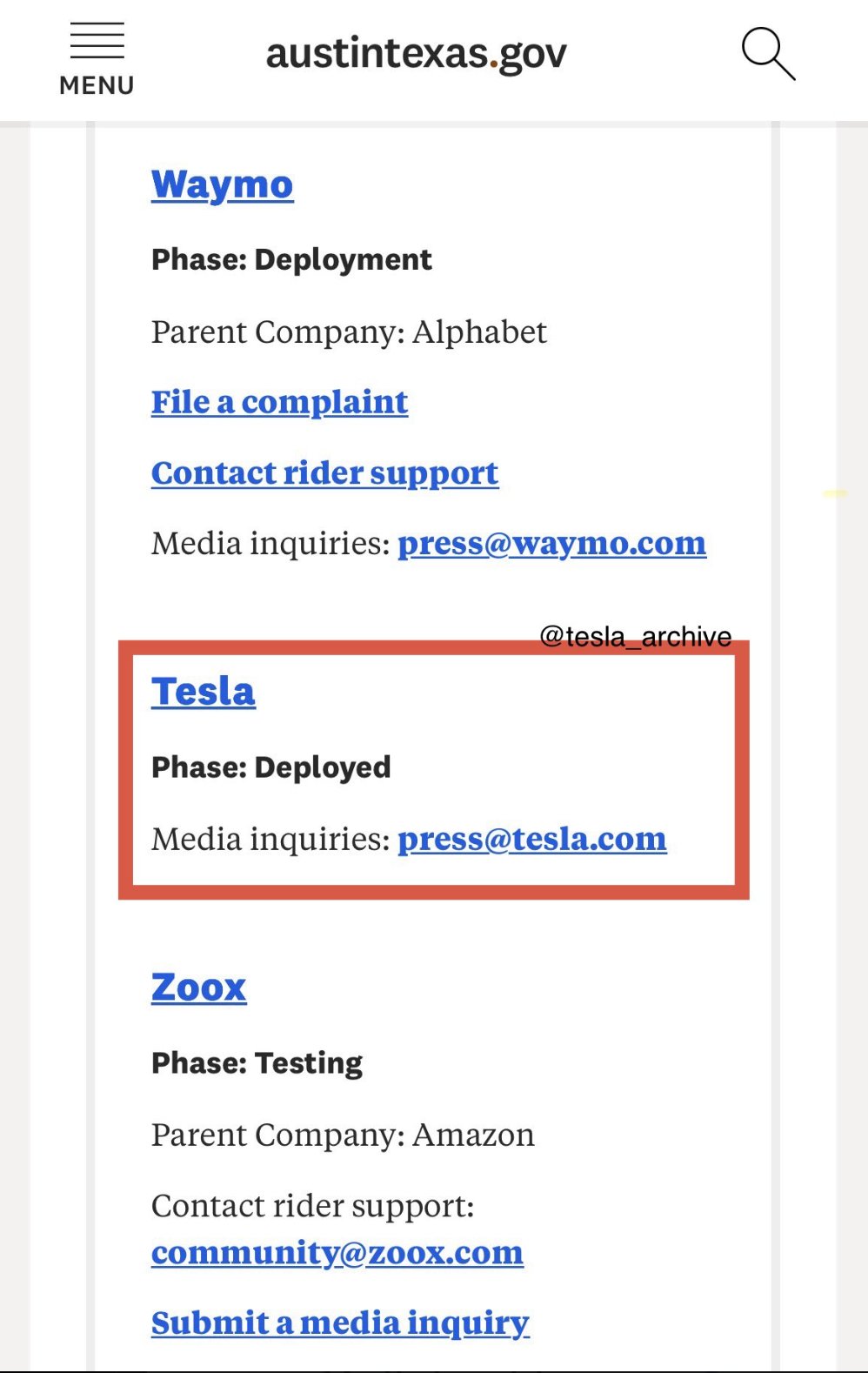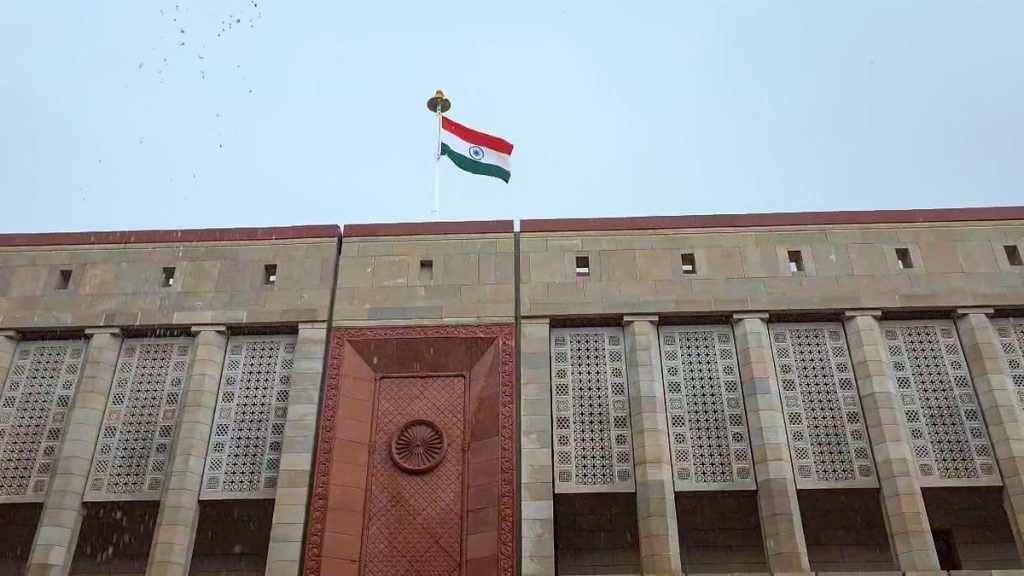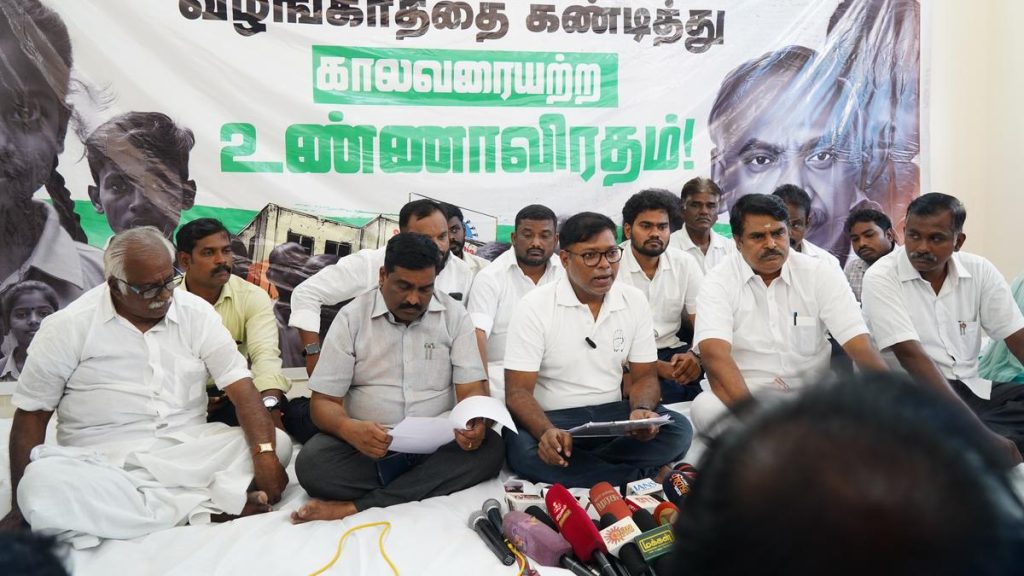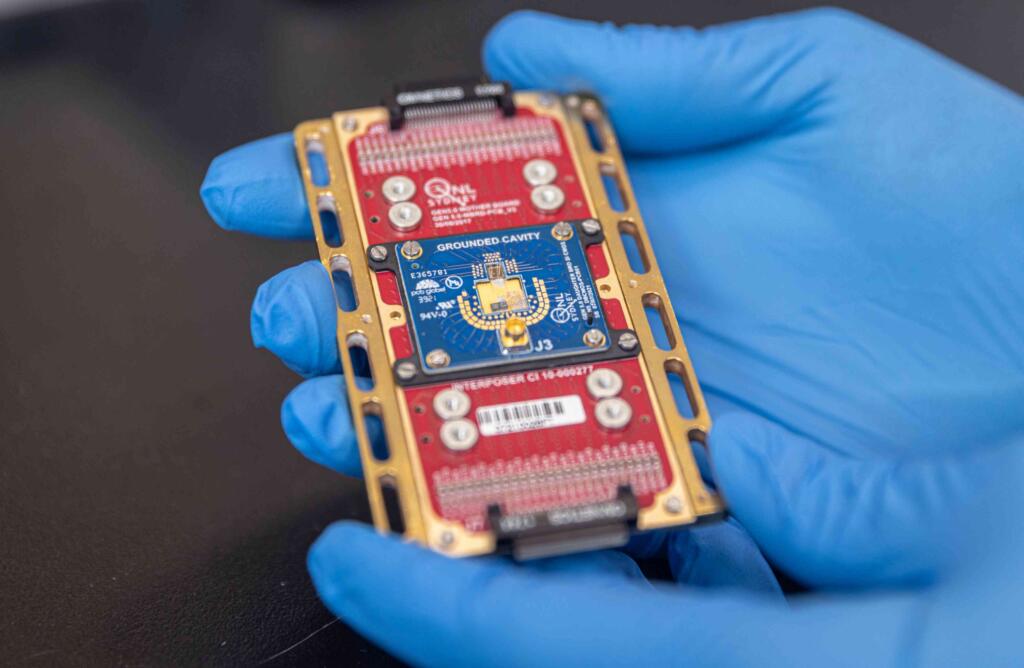Now Reading: Austin Explores Tesla Robotaxi for Live Deployment
-
01
Austin Explores Tesla Robotaxi for Live Deployment
Austin Explores Tesla Robotaxi for Live Deployment

Rapid Summary
- The City of Austin, Texas government has set an official indicator for the deployment of Tesla Robotaxi in Austin.
- Waymo launched its autonomous ride-hailing service on March 4, 2025, with a total of 43 documented incidents reported through June.
- Key incidents involving Waymo (100 operational cars in a service area of 37 square miles):
– Safety issues: 17 in total for the year.
– Blocking traffic: 15 cases.
– Minor nuisances: 7 cases.
– Ignored APO direction (3) and near misses (1).
- Tesla Robotaxi’s first five days included:
– A single safety incident involving stopping to avoid a UPS truck backing up, resulting in low-speed damage.
– Coverage area: Smaller service area than Waymo at approximately 19-20 square miles.
– Fleet size: Commercially-operating fleet includes around eleven vehicles; another fifty-plus are currently testing around the city.
- Trials showed over five hundred rides completed within just three to four days with one disengagement issue not linked to safety concerns.
Indian Opinion Analysis
The introduction of Robotaxis by Tesla and Waymo highlights evolving global trends toward autonomous vehicle technology as urban areas seek innovative solutions for transportation efficiency and congestion reduction. While india’s infrastructure and regulatory habitat may differ substantially from regions such as Austin, attention to thes deployments provides valuable insights into potential challenges like technical reliability, cybersecurity risks, public acceptance, and adjustments required for safety regulations.
Tesla’s trial period demonstrates how autonomous vehicles manage dynamic traffic scenarios effectively while revealing flaws like low-speed collisions or disengagements during navigation-a significant consideration should India pursue similar initiatives domestically amidst complex road conditions frequently enough seen across major cities.
For policymakers in India,an expanded comparison between deployment strategies-such as fleet sizes and geographical coverage areas-can provide key lessons on scalability decisions aiming at specific population densities or operational demands prevalent locally where such products may earn their eventual use-case validation beyond preliminary experimental stages globally.

























